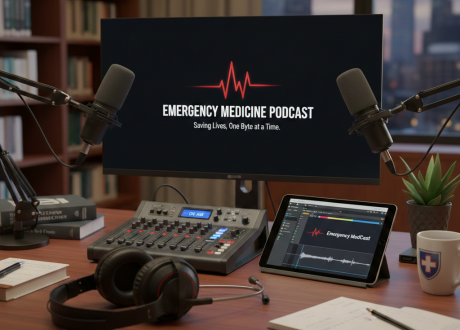 Prekker ME, Driver BE, Trent SA, Resnick-Ault D, Seitz KP, Russell DW, Gaillard JP, Latimer AJ, Ghamande SA, Gibbs KW, Vonderhaar DJ, Whitson MR, Barnes CR, Walco JP, Douglas IS, Krishnamoorthy V, Dagan A, Bastman JJ, Lloyd BD, Gandotra S, Goranson JK, Mitchell SH, White HD, Palakshappa JA, Espinera A, Page DB, Joffe A, Hansen SJ, Hughes CG, George T, Herbert JT, Shapiro NI, Schauer SG, Long BJ, Imhoff B, Wang L, Rhoads JP, Womack KN, Janz DR, Self WH, Rice TW, Ginde AA, Casey JD, Semler MW; DEVICE Investigators and the Pragmatic Critical Care Research Group
Prekker ME, Driver BE, Trent SA, Resnick-Ault D, Seitz KP, Russell DW, Gaillard JP, Latimer AJ, Ghamande SA, Gibbs KW, Vonderhaar DJ, Whitson MR, Barnes CR, Walco JP, Douglas IS, Krishnamoorthy V, Dagan A, Bastman JJ, Lloyd BD, Gandotra S, Goranson JK, Mitchell SH, White HD, Palakshappa JA, Espinera A, Page DB, Joffe A, Hansen SJ, Hughes CG, George T, Herbert JT, Shapiro NI, Schauer SG, Long BJ, Imhoff B, Wang L, Rhoads JP, Womack KN, Janz DR, Self WH, Rice TW, Ginde AA, Casey JD, Semler MW; DEVICE Investigators and the Pragmatic Critical Care Research Group
Abstract          
Background: Whether video laryngoscopy as compared with direct laryngoscopy increases the likelihood of successful tracheal intubation on the first attempt among critically ill adults is uncertain.
Methods: In a multicenter, randomized trial conducted at 17 emergency departments and intensive care units (ICUs), we randomly assigned critically ill adults undergoing tracheal intubation to the video-laryngoscope group or the direct-laryngoscope group. The primary outcome was successful intubation on the first attempt. The secondary outcome was the occurrence of severe complications during intubation; severe complications were defined as severe hypoxemia, severe hypotension, new or increased vasopressor use, cardiac arrest, or death.
Results: The trial was stopped for efficacy at the time of the single preplanned interim analysis. Among 1417 patients who were included in the final analysis (91.5% of whom underwent intubation that was performed by an emergency medicine resident or a critical care fellow), successful intubation on the first attempt occurred in 600 of the 705 patients (85.1%) in the video-laryngoscope group and in 504 of the 712 patients (70.8%) in the direct-laryngoscope group (absolute risk difference, 14.3 percentage points; 95% confidence interval [CI], 9.9 to 18.7; P<0.001). A total of 151 patients (21.4%) in the video-laryngoscope group and 149 patients (20.9%) in the direct-laryngoscope group had a severe complication during intubation (absolute risk difference, 0.5 percentage points; 95% CI, -3.9 to 4.9). Safety outcomes, including esophageal intubation, injury to the teeth, and aspiration, were similar in the two groups.
Conclusions: Among critically ill adults undergoing tracheal intubation in an emergency department or ICU, the use of a video laryngoscope resulted in a higher incidence of successful intubation on the first attempt than the use of a direct laryngoscope. (Funded by the U.S. Department of Defense; DEVICE ClinicalTrials.gov number, NCT05239195.).
Copyright © 2023 Massachusetts Medical Society.









